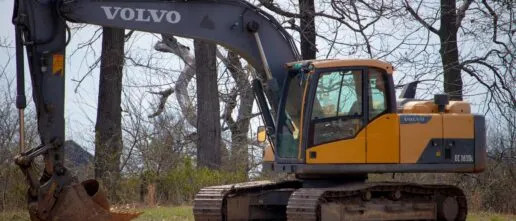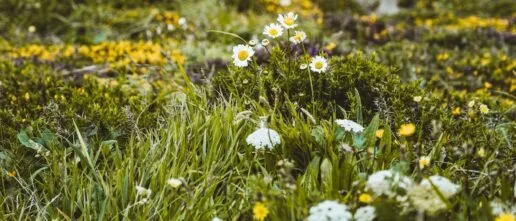I am interested in monitoring how invertebrate biodiversity responds to human-driven perturbations and the identification of effective mitigation and recovery strategies to minimise associated adverse impacts. Previous work has examined the invertebrate response to perturbations such as invasive species, novel pathogens via globalisation, and housing development through the lens of Biodiversity Net Gain.
His LCNR work involved examining how regenerative agriculture interventions, such as mob grazing, impact invertebrates relative to commercial grazing. With this has come important data with respect to biodiversity across the University’s Green Estate.
Tom is now doing a Phd in Newcastle but due to his conservation efforts he now has a wood named after him in Oxford
Related Research Themes

Systems
Developing a novel Analysis and Decision Platform to integrate nature recovery into land-use and infrastructure planning, and exploring scenarios that can deliver local, national and international commitments to nature, climate change and sustainable development.

Ecology
Testing the effectiveness of different ecological approaches for nature recovery to support biodiversity and the delivery of ecosystem services such as climate change mitigation and adaptation.
Related Projects

The role of regenerative farming for biodiversity and ecosystem functioning
We utilise both standardised and cutting-edge methods to explore biodiversity and ecosystem functioning along a land use gradient to better understand the role of regenerative farming.

Healthy Ecosystem Restoration in Oxfordshire
Developing the local Oxfordshire landscape as a case-study, nature-recovery laboratory and community of practice.

Coordinating Research Around Biodiversity Net Gain
At its heart, BNG frames a challenging question: in a world where new housing, workplaces and other land use needs are deemed essential; is it possible to provide this infrastructure without Nature bearing the brunt of the costs?
Related Outputs
Consultation response: a biodiversity metric for Scotland’s planning system
This response highlights how a biodiversity metric could support Scotland’s unique habitats and nature. It brings together evidence from the application of a statutory biodiversity metric in England to recommend a revised approach for a Scottish context. It draws on evidence from across the Leverhulme Centre for Nature Recovery’s research community.


